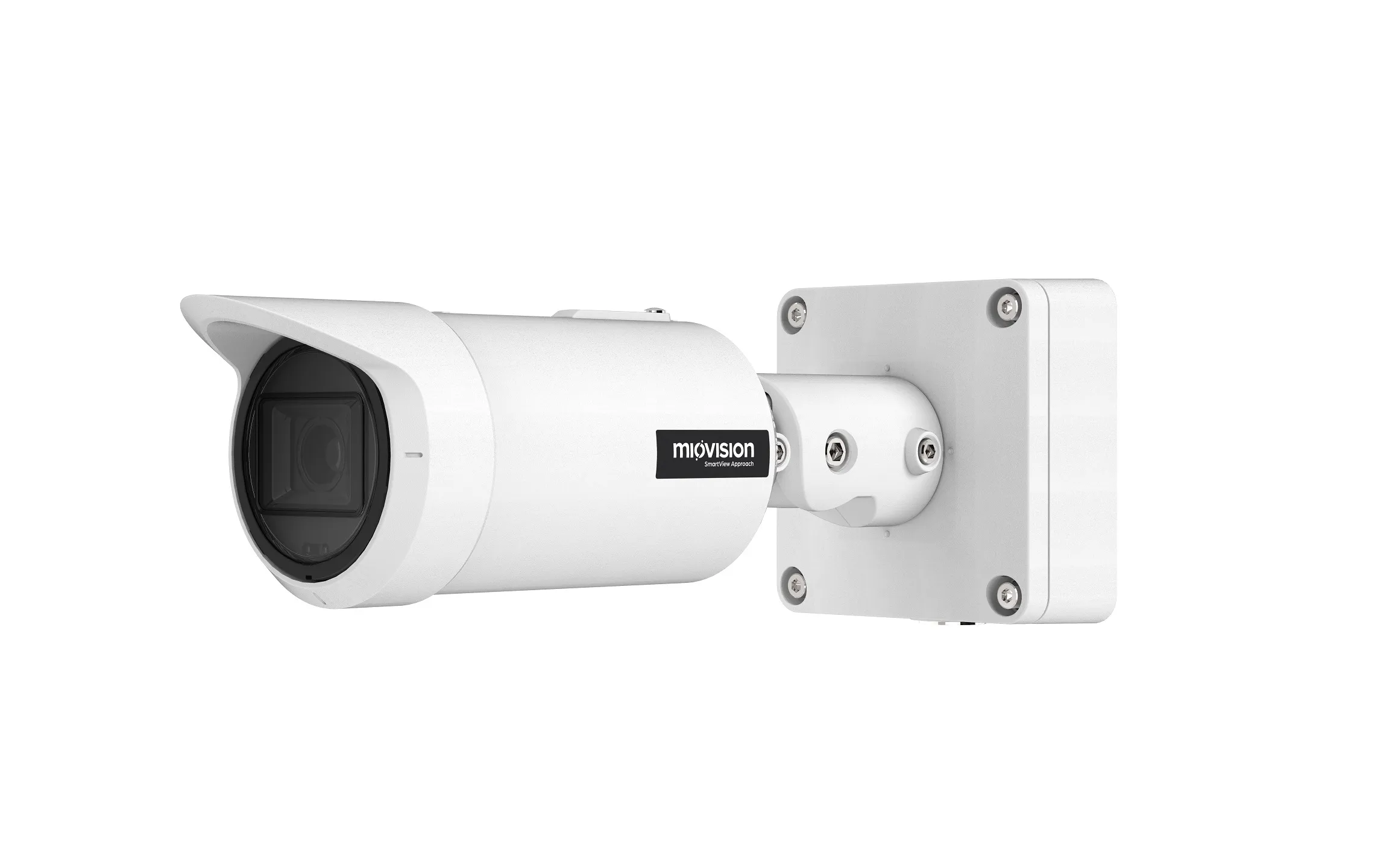
Miovision has expanded its Miovision Core signal control platform to include vehicle detection up to 150m (500 feet).
From 1 June, the company is adding its SmartView Approach camera to the platform, which will allow traffic signals to anticipate traffic approaching an intersection.
"This is particularly useful at higher speeds, where detecting traffic anywhere from 200 to 500 feet (60-150m) before the intersection offers meaningful advantages," the manufacturer explains in a statement.
"For example, in light traffic, advance detection can allow traffic lights to provide oncoming drivers with a green signal as they reach the intersection, minimising unnecessary stops where possible. These detectors also provide useful measurements to traffic engineers to help them understand how well an intersection is responding to the traffic around it."
The company says adding the new capability has meant refining the machine vision algorithm used on Miovision Core DCM to be capable of analysing video from both its existing intersection camera - Miovision SmartView 360 - and up to four new Miovision SmartView Approach cameras.
“Advance detection is something we know customers want, especially for busy arterial intersections,” said Miovision president Steve Strout.
“Our platform’s power and flexibility made it simple for us to add this solution. More importantly, our customers can include advance detection when they modernise their signals with Miovision Core, or later, as their needs evolve."
This advance detection capability is also backwards-compatible with Miovision’s older Miovision SmartSense intersection hardware, the company says.










